Brood management, induced spawning
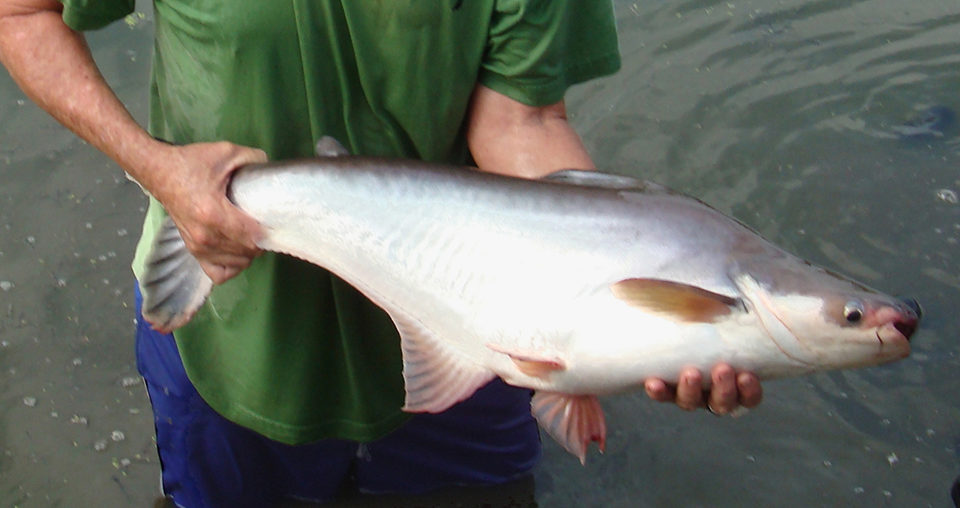
The advancement of aquaculture has been bottlenecked many times due to the lack of seed, but once that bottleneck is overcome for a species, there has often followed rapid growth. Culture of Chinese carp, for example, is one of the oldest forms of aquaculture, but it was restricted to areas of China where seed could be collected from the wild. Its production remained restricted for thousands of years until the 1950s, when induced spawning techniques were developed. This allowed these valuable aquaculture species to become available worldwide.
The recent growth of marine fish culture has been due in part to being able to overcome the bottleneck of seed production. Gilthead seabream is a highly valued fish throughout the Mediterranean whose culture was limited until hatchery techniques were improved. In the 1960s and 1970s, initial research was conducted regarding the reproduction of this species. The fish could reproduce successfully, but larval survival was only about 1 percent. Once advances in larval nutrition and other aspects of early life history were made, survival improved, and a commercial industry rapidly developed.
More recently, the Asian catfish of the genus pangasius are another example of the rapid growth possible once hatchery techniques become established. In 2000, Vietnam produced limited quantities of pangasius for domestic markets and little for export. But by 2009 – thanks to research on the artificial propagation of pangasius – it was exporting 607,700 metric tons (MT) per year.
To increase seed supply, a number of factors have to be considered. Advances in fish hatchery management – particularly in the areas of brood management, induced spawning and larval rearing – have helped establish aquaculture for multiple species.
Brood management
Significant advancements have been made in developing broodstock diets to optimize successful reproduction. In 2003, Carlos Mazorra and fellow researchers conducted a series of studies to determine if the trash fish-based diet traditionally used with broodstock halibut, Hippoglossus hippoglossus, could be replaced by a pelleted feed and investigate the effects of docosahexaenoic acid (DHA), eicosapentaenoic acid (EPA) and arachidonic acid (ARA) on halibut fecundity, blastomere morphology, and fertilization and hatching rates.
Fish fed two formulated broodstock feeds, one containing krill meal and one supplemented with tuna orbital oil, which provided higher dietary levels of DHA and ARA, had similar performance to those fed a trash fish-based diet.
In a second trial, the spawning performance and egg quality of broodstock given formulated diets containing 1.8 or 0.4 percent ARA were compared to those that received a trash fish diet. The diet with the higher level of ARA resulted in significantly higher fertilization rates than those achieved on the 0.4 percent ARA diet, and hatching rates of 51.0 ± 3.6 percent. Egg and larval quality were similar to those achieved in fish maintained on the trash fish diets.
Formulated diets have also proven comparable to raw fish diets in other marine species, including mangrove red snapper (Lutjanus argentimaculatus) and Japanese flounder (Paralichthys olivaceus).
In 2008, researchers Todd Sink and Rebecca Lochmann evaluated poultry fat or menhaden fish oil at concentration of 4 or 10 percent lipid in channel catfish broodstock diets. Diets with 10 percent fish oil resulted in increased spawning success, fecundity, individual egg weight, eggs per spawn, total egg lipid concentration, hatching success and fry survival compared to the diet with 4 percent fish oil. Although eggs from brooders given diets with either 10 percent poultry fat or menhaden fish differed in egg fatty acid composition, there were no differences in hatching rates, fry survival or fingerling production. Sink and Lochmann concluded that current methods using growout diets with 28 to 32 percent protein and 6 to 7 percent lipid are suboptimal for channel catfish broodfish.
The effects of dietary protein and energy level on the spawning performance of Nile tilapia broodstock and their eggs were studied by Abdel-Fattah M. El-Sayed and Mamdouh Kawanna in 2008. Nine diets containing three protein (30, 35 and 40 percent) and three energy (14.6, 16.7 and 18.8 MJ GE/kg) levels were evaluated.
At the lowest protein level, time to first spawning was significantly longer than at the higher levels. It also increased as the protein:energy ratio decreased. Spawning performance, including number of spawnings per tank, number of spawns per female, fecundity and average number of eggs per spawn, were all significantly lower at 30 percent protein than at higher protein levels.
At decreasing protein:energy ratios, there was a significant decrease in fish fecundity. The authors concluded the best spawning performance was achieved at 40 percent dietary protein and 16.7 MJ GE/kg, with a protein:energy ratio of 23.6 g/MJ.
Brood diet management is still an area where significant improvements can be made. For many species, we have only a limited understanding of brood diets and their relationship to successful reproduction.
Induced spawning
Induced spawning through hormone application has been a part of hatchery production since the pioneering work done in Brazil by Rudolho von Ihering in 1934 using fish pituitary. Fish pituitary continues to be widely used and its use refined. In addition, a number of hormones have proven to be effective. Gonadotropin-releasing hormone agonists (GnRHa), particularly lutenizing-releasing hormone (LH-RHa), have become widely used as an injection or slow-release implant.
The mode of GnRHa application was investigated by M. A. Fornies and fellow researchers in 2001. Mature female seabass were treated with GnRHa-loaded microspheres or GnRHa-loaded implants, or given a single injection of GnRHa. Microspheres and implants induced multiple spawns, whereas GnRHa-injected fish spawned only once. The authors concluded that GnRHa-loaded microspheres can induce multiple spawns in European seabass without a negative effect on egg quality.
L. Ibarra-Castro and L. Alvarez-Lajonchere developed an improved induced-spawning protocol using GnRHa implants with spotted rose snappers (Lutjanus guttatus) in 2009. A nomograph was developed to calculate the required GnRHa implant dose, taking into account the wild or captive origin of the female, the initial mean oocyte diameter and body weight. The effective GnRHa dose was greater in wild than captive females, and in both cases, inversely related to mean oocyte diameter.
The fish hypothalamus is the organ that would under favorable environmental conditions naturally produce GnRH, stimulating the pituitary to produce gonadotropins. Under stressful conditions, the hypothalamus produces dopamines that inhibit the pituitary from producing gonadotropins. To counter this effect, several forms of dopamine antagonists have been given in combination with GnRHa for induced spawning.
In 2008, Joel P. Van Eenennaam and co-authors compared injections of GnRHa alone and GnRHa plus the dopamine antagonist domperidone to induce ovulation in green sturgeons (Acipenser medirostris). All broodfish ovulated or spermiated in all hormonal treatments, and the best treatment was GnRHa injected alone in a single dose of 10 mg/kg for males or in a 1- mg/kg priming dose and 19-mg/kg resolving dose for females. Domperidone was not required for successful ovulation and appeared to reduce the adhesion of ovulated eggs.
David Yeager found in 2006 that LH-RHa given in combination with human chorionic gonadotropin (HCG) could advance oocyte maturation and induce spawning in female striped bass (Morone saxatilis) that otherwise would be considered insufficiently mature for induced spawning. Females with eggs in early stages of development were successfully spawned after a priming injection of LH-RHa followed by a resolving injection of HCG. This procedure can increase production by using broodfish once considered ineligible because they contained eggs in early developmental stages.
Several products containing GnRHa and a dopamine antagonist are now commercially available. In 2009, Z. Yaron and co-authors tested common carp pituitary and one of these products to induce common carp reproduction. The spawning ratio and embryo viability were similar, but the latency between injection and ovulation was considerably longer and more fish treated with Dagin than in those treated with carp pituitary. The authors recommended the use of carp pituitary at the beginning and end of the spawning season, when L.H. content in the pituitary is low, and Dagin in mid-season.
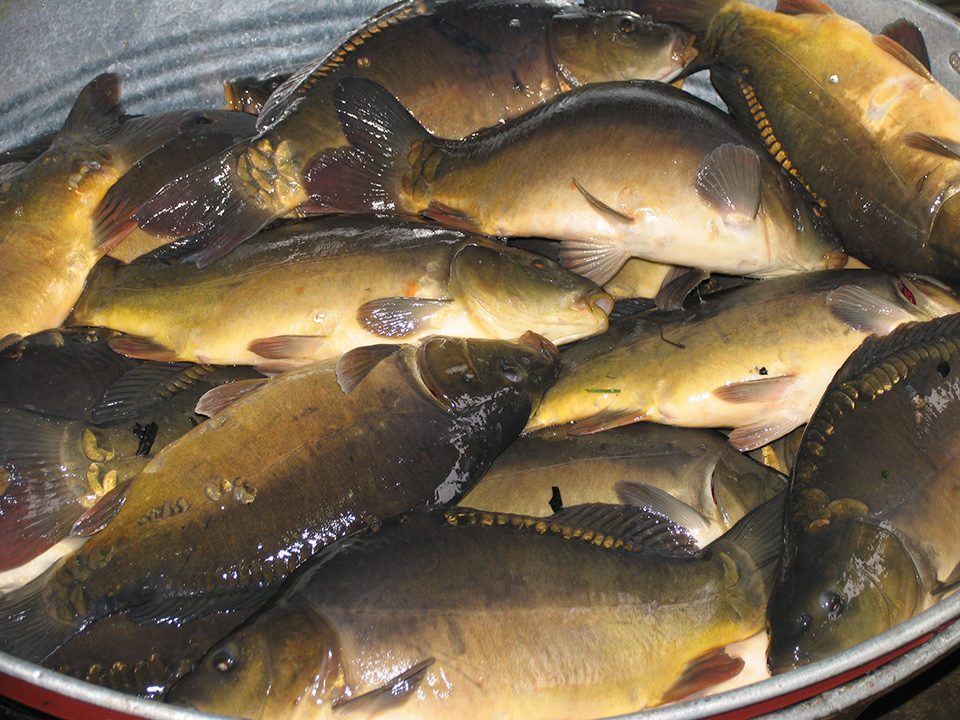
Perspectives
As the availability of commercial sources of GnRHa becomes more widespread, its use will become even more common. Unless other sources of fish pituitary become available, pituitary use may reach a threshold and may not be cost-competitive with synthetic GnRH products.
Likewise, the use of HCG may lose market share, as the cost for a dose to effectively induce ovulation is often less with GnRHa than HCG. Hatchery managers should anticipate further refinement in the use of GnRHa and its mode of application, with many new species being induced to spawn with it.
(Editor’s Note: This article was originally published in the November/December 2010 print edition of the Global Aquaculture Advocate.)
Now that you've reached the end of the article ...
… please consider supporting GSA’s mission to advance responsible seafood practices through education, advocacy and third-party assurances. The Advocate aims to document the evolution of responsible seafood practices and share the expansive knowledge of our vast network of contributors.
By becoming a Global Seafood Alliance member, you’re ensuring that all of the pre-competitive work we do through member benefits, resources and events can continue. Individual membership costs just $50 a year.
Not a GSA member? Join us.
Author
-
Ronald P. Phelps, Ph.D.
Department of Fisheries and Allied Aquacultures
Auburn University
Auburn, Alabama 36849 USA
Tagged With
Related Posts
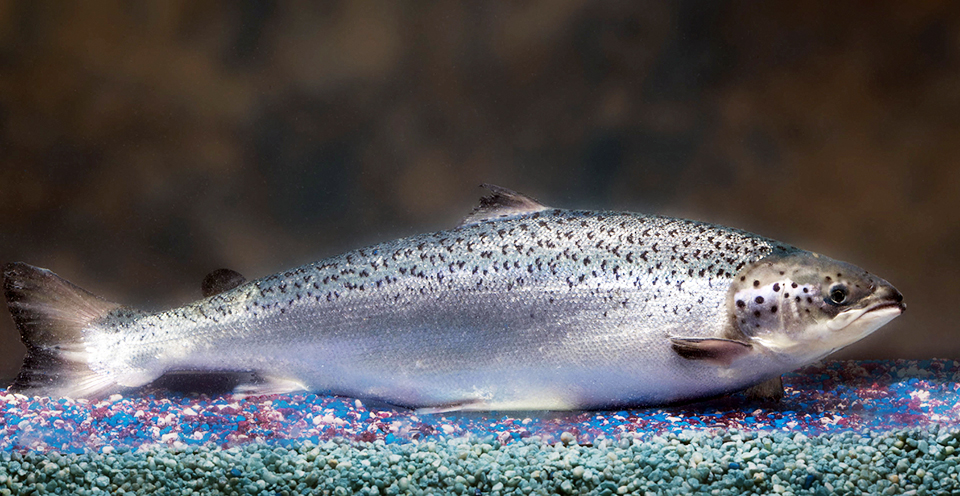
Intelligence
A brief look at genetically modified salmon
If approved by FDA, fast-growing genetically modified salmon will provide a safe and nutritious product similar to other farmed Atlantic salmon.

Health & Welfare
A holistic management approach to EMS
Early Mortality Syndrome has devastated farmed shrimp in Asia and Latin America. With better understanding of the pathogen and the development and improvement of novel strategies, shrimp farmers are now able to better manage the disease.
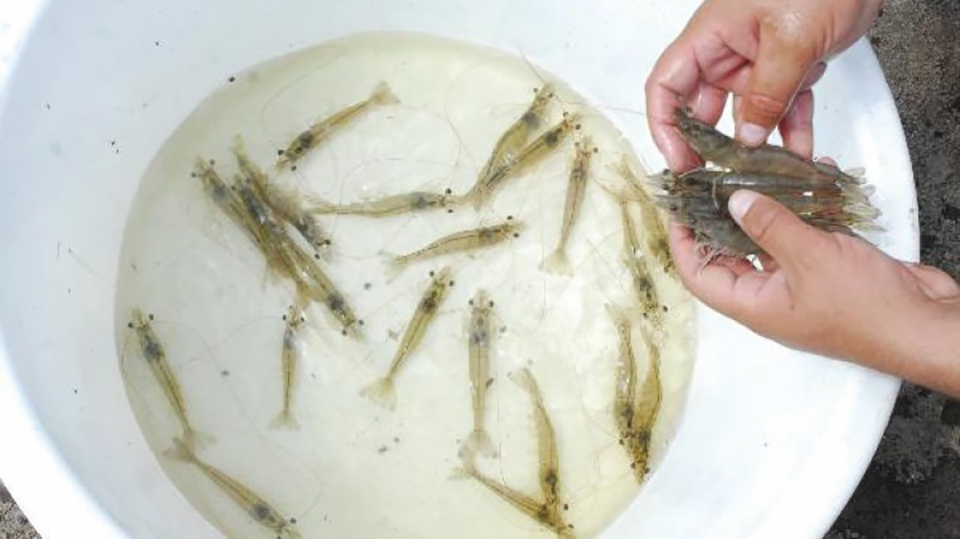
Health & Welfare
A study of Zoea-2 Syndrome in hatcheries in India, part 1
Indian shrimp hatcheries have experienced larval mortality in the zoea-2 stage, with molt deterioration and resulting in heavy mortality. Authors investigated the problem holistically.
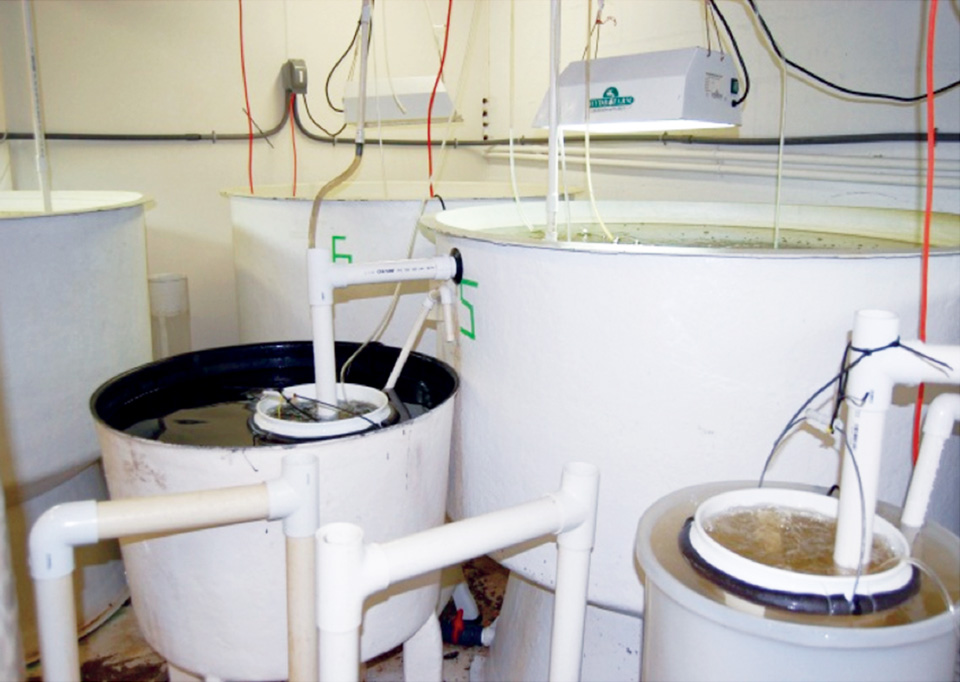
Health & Welfare
Advances in intensive copepod production technology
Research at the Oceanic Institute has been successful in overcoming bottlenecks associated with rearing small-mouthed fish larvae by finding a suitable first feed. Early work on the calanoid copepod Parvocalanus crassirostris focused on parameters necessary for successful maintenance of stock cultures.



